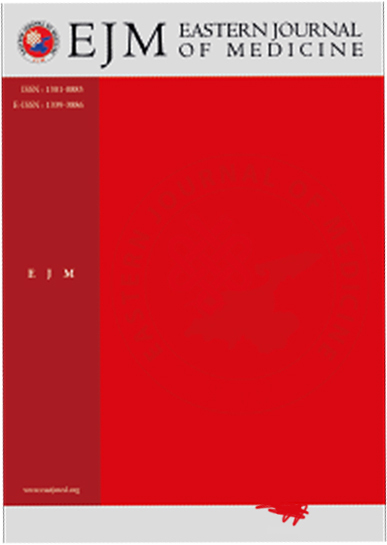Does Cervical Length Predict the Successful Labor Induction in Term Nulliparous Women Who Had Unfavorable Cervix?
Gürcan Türkyılmaz1, Onur Karaaslan2, sebnem Turkyilmaz1, emircan Ertürk11Department Of Obstetrics And Gynecology, Van Education And Research Hospital, Van, Turkey2Department Of Obstetrics And Gynecology, Yüzüncü Yıl University, Faculty Of Medicine, Van, Turkey
INTRODUCTION: We aimed to determine the predictive value of cervical length (CL) measurement in the result of labor induction in term nulliparous women who had a strict cervix.
METHODS: We evaluated 78 pregnancies prospectively. Dinoprostone ovule was administered for the induction of labor in all cases. Low dose oxytocin was administered for augmentation of labor. Statistical analysis was performed with SPSS Version 24. A p-value <0.05 was determined to be statistically significant.
RESULTS: Dinoprostone indication for labor induction was post-term pregnancy in 57,7% of cases and unsafe fetal wellbeing in the remaining 42,3% of patients. 59% of patients delivered vaginally, and we performed a cesarean section in 41% of patients. The most cesarean indication was fetal distress (40,6%). The arrest of labor was considered in 31,2%, and failed labor induction was seen in 28,1% of women. A significant association was found between CL and successful labor induction. The AUC for CL was: 0.6975 (95% CI: 0.5816-0.8134). The sensitivity and specificity of CL≤ 20 mm were 94% and 45%, respectively, while the positive and negative predictive values associated with it were 57% and 90%. Sensitivity was 23%, and specificity was 84% at the CL≥ 30 mm cut-off point. There was no significant difference between umbilical cord ph and the route of delivery (p: 0,185).
DISCUSSION AND CONCLUSION: Our study indicates that CL measurement is a highly effective method to predict the result of induction of labor, particularly in nulliparous and had unfavorable cervix.
Manuscript Language: English














